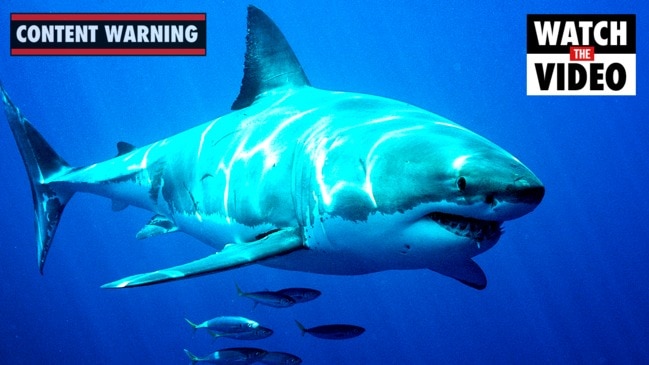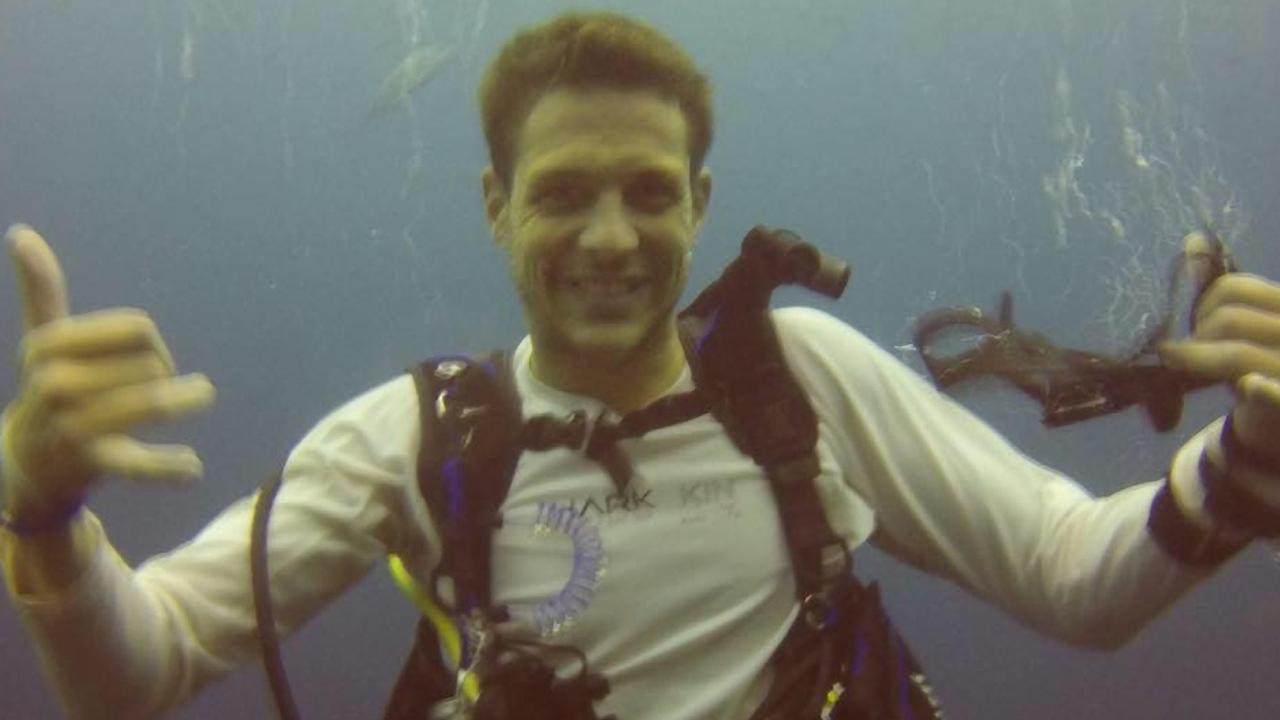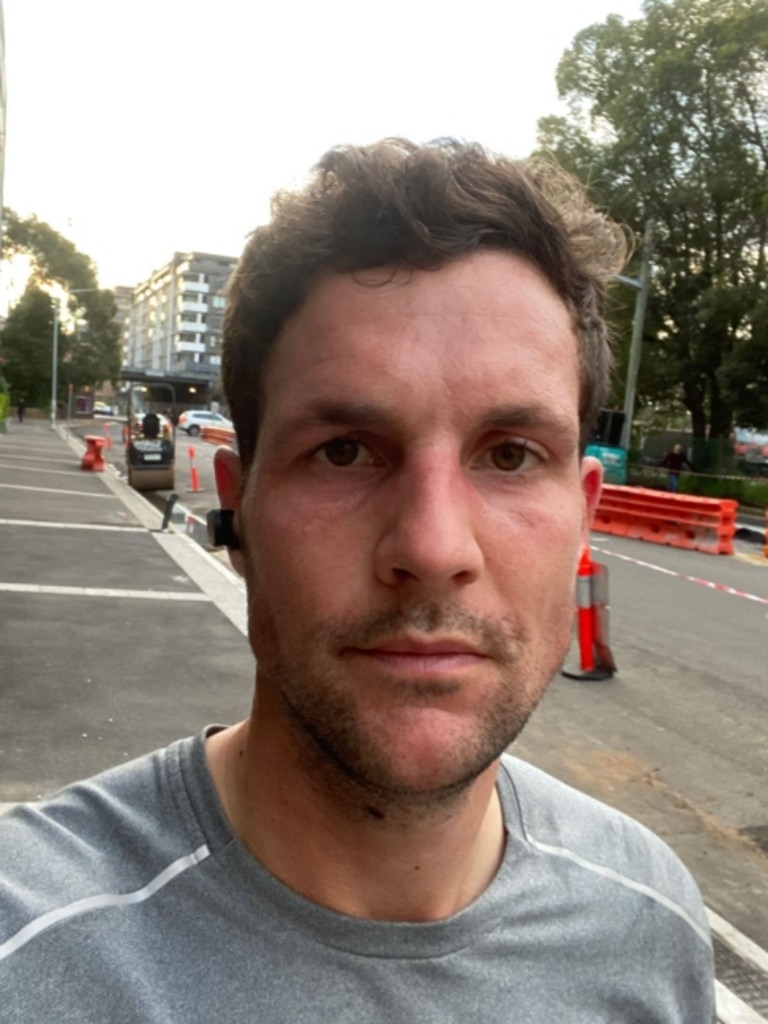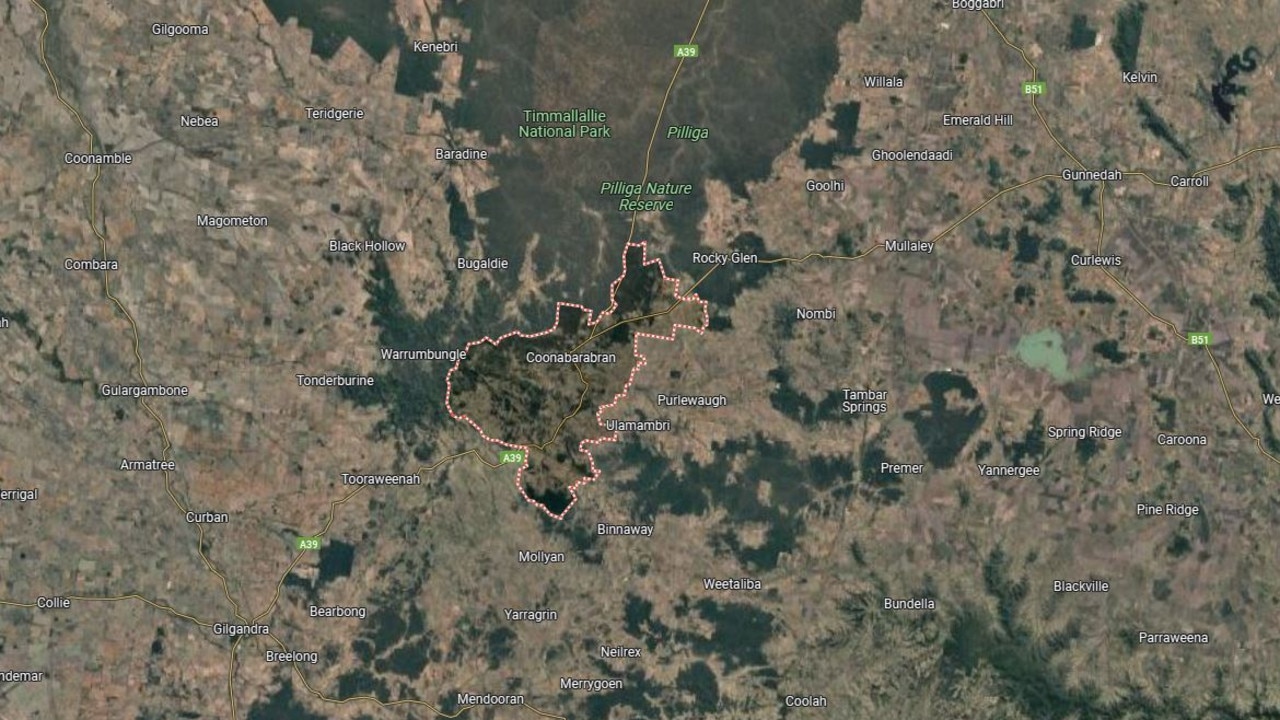Detail in British swimmer’s training ritual could hold key to shark attack mystery
A crucial peice of clothing donned by Simon Nellist before each of his ocean swims could provide answers to why the shark attacked him.

An upsetting theory behind this week’s fatal shark attack in Sydney has shed new light on why the great white may have targeted British swimmer Simon Nellist.
Mr Nellist was set on near Buchan Point in Little Bay, in the city’s southeast, on Wednesday afternoon while he trained for the Malabar Magic Ocean Swim.
Unlike other swimmers who regularly swam the channel from Little Bay to Malaba however, the 35-year-old would always wear a wetsuit, despite the water being relatively warm.
It’s now been suggested the four-and-a-half metre shark mistook Mr Nellist in his black ensemble as a seal – an animal typically gorged on by sharks once a day.

Local swimmer Barbara said she often greeted Mr Nellist, who travelled to the bay from his home in Wolli Creek about 10km away, on his regular visits to the bay.
The 85-year-old could easily spot him because he was the only one who wore a wetsuit.
“He always wore a wetsuit, but the water here is quite warm and no one else really wears one,” she told Daily Mail Australia.
Barbara said she remained committed to her swimming ritual despite the attack.
“There’s one fatal attack in 60 years so it doesn’t put you off, and I’m not going to be around in 60 years.”

Expert Lawrence Chlebeck said that the ferocious shark probably mistook Mr Nellist for a seal when it staged its brutal vertical attack.
Sydney University academic and author of the book Flaws: Shark Bites and Emotional Public Policymaking, Dr Chris Pepin-Neff, told news.com.au that attacks of this magnitude were “incredibly rare” and the victim was targeted by a “particularly nasty shark”.
“There have probably been only 10 or 12 attacks of this kind in the last 30 years in the entire world,” said Dr Pepin-Neff, who has previously urged against the overuse of the term “shark attack” for all human-shark encounters.
“I would compare it to something like the full consumption attack on the 17-year-old South Australian surfer Jevan Wright in 2001.”
Mr Wright was attacked by a shark as he returned to shore near Port Lincoln. He and his board were dragged out to sea with his remains never found.
Dr Pepin-Neff said that unlike Wednesday’s attack most interactions between sharks and humans were brief because we were inadequate prey, unlike a larger seal for instance.
“It’s not crazy for sharks to bite humans thinking we might be prey,” he said.

“They test out things all the time. But 80 per cent of incidents are hit-and-run. Sharks will recognise humans as a ‘biological failure’ as we take more energy than we give so we are not a prey item. It’s a bite and release.”
In fact most fatalities in Australia from sharks are due to blood loss from a single bite after the fish has departed rather than unsurvivable injuries from multiple bites.
Dr Pepin-Neff said it wasn’t clear why this shark should act in this out-of-character manner, but all sharks were different and had different temperaments. It was possible in this case hunger had led it to act more ferociously.
The last fatal attack in Sydney was in 1963, when actress Marcia Hathaway died after being bitten while standing in Middle Harbour.
Smart drum lines were established from Little Bay to Long Bay in the wake of the diving instructor’s death in an effort to locate the shark.
The animal however was more than likely long gone, Marine scientist Vanessa Pirotta said.
“Shark incidences like this are rare and uncommon,” she told ABC News, adding it was probable “we will never see it [the shark] again”.
“It’s not every day that we see an animal of this size off our beaches, but it is possible … These animals are capable of large geographical movements and we will see them from time to time.”


Dr Pirotta said it was possible the shark had been drawn to the area by ocean currents.
“Or simply this animal may have just been passing through the area and unfortunately, in this case, has had a negative interaction with a human,” she said.
Tributes have flooded the internet following the death of Mr Nellist, who was due to marry the “girl of his dreams” later this year after their ceremony was called off last year due to Covid.
A friend of Mr Nellist revealed he “fell in love” with Australia after going travelling about six years ago, following two years in the Royal Air Force (RAF).
He grew up in Penzance, in england’s southwest, but had not been back for several years.
More Coverage
One of the swimmer’s heartbroken friends, Della Ross, told Seven News: “Everything that is connected to Simon is connected to the ocean.
“The news hit us like a truck because he was one of the people who make this earth lighter.
“He loved the water, he loved diving.”





